While I was at the coach station in Tetouan, waiting for my transportation to the city of Al-Hoceima, I spent some time observing the surroundings and some time reflecting on my overall impressions.
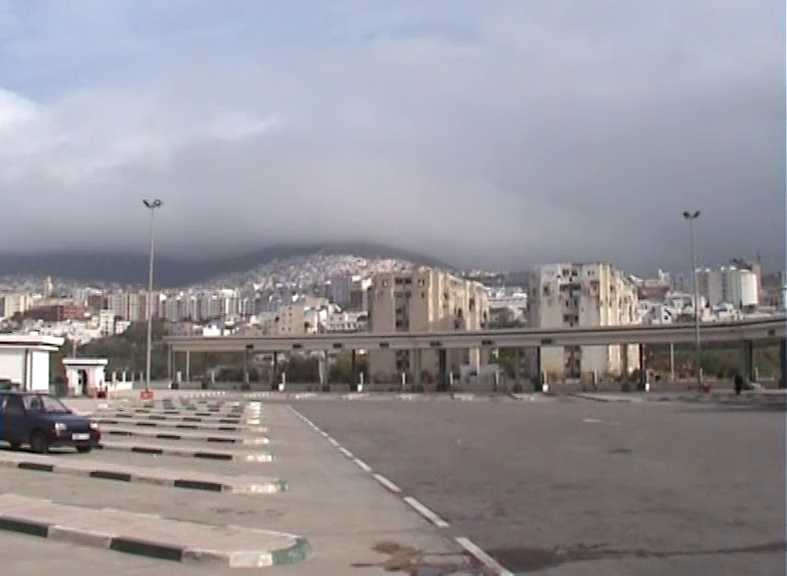 Tetouan
Tetouan
I was glad to be here, to be exploring all of this, to have this experience, and that everything was going well, but there was one thing that bothered me in a certain way. Of course, I knew this was a Muslim country and that a different culture prevailed here, etc., but I was somewhat tired of the separation between men and women and the fact that I had to be mindful of it. I’m not at all someone who fights for women’s rights and I’ve already written about my stance on that topic, but perhaps here I was even more “cautious” since I was travelling alone, didn’t speak the language, and felt I needed to be more “humble,” to keep to myself, to walk with my eyes downcast (because I thought that might draw less attention), and so on.
I compared this to the environment and culture in Latin America and India, where I also travelled. Even though I didn’t have any problems here at all, not even a hint of it, nothing, and I often talked to men who were all perfectly polite, I still felt somehow more strange than, for example, in Central America, where I travelled by all kinds of transport, where I was clearly a foreigner (but I spoke the language), where I wasn’t supposed to go out after sunset because it wasn’t safe – which certainly wasn’t a problem here – but there I could casually look around, left and right, and that gave me a sense of freedom and a certain ease. That wasn’t the case here.
That’s what I was thinking about at the time.
Now, as I write this text fifteen years later, I think that these thoughts of mine were the result of inexperience. This was the first time I had travelled alone through a Muslim country using public transportation. I had previously been to the Emirates on my own, but back then I stayed in a hotel and only took casual walks around the area and went on a couple of organised excursions. By the end of this trip through Morocco in 2010, I was already significantly more relaxed, and later I also travelled alone through Jordan and absolutely enjoyed all of it.
So, to go back to my travel story, we departed on time and set off through the Rif mountain range.
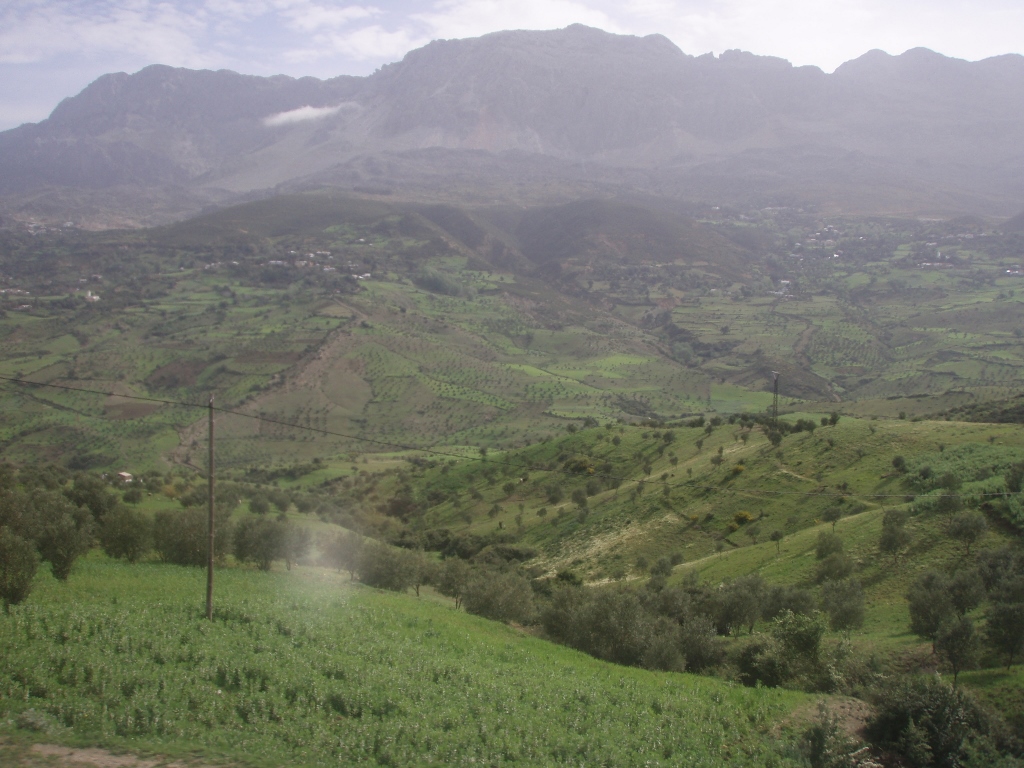 Rif Mountains
Rif Mountains
Although I occasionally took photos through the window while the coach was moving, the ideal moments were when we made a stop, so I could get out of the coach and calmly photograph the surroundings. That’s what happened in a town after the city of Chefchaouen.
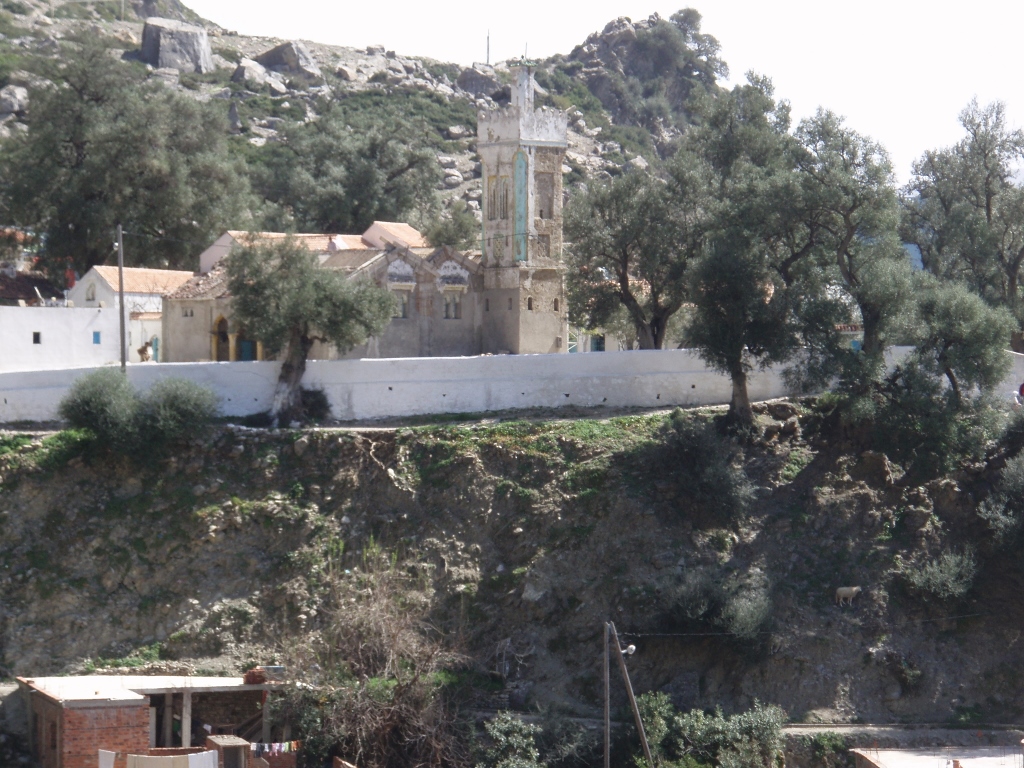 Village on the road from Tetouan to Al-Hoceima, a detail
Village on the road from Tetouan to Al-Hoceima, a detail
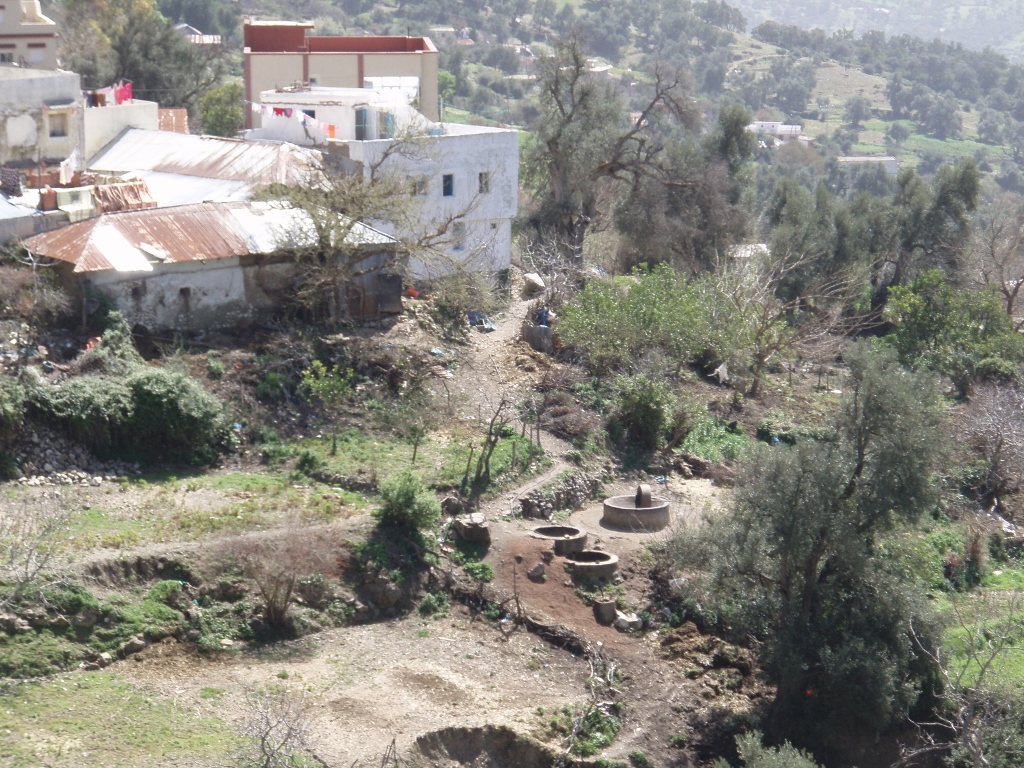 Village on the road from Tetouan to Al-Hoceima, a detail
Village on the road from Tetouan to Al-Hoceima, a detail
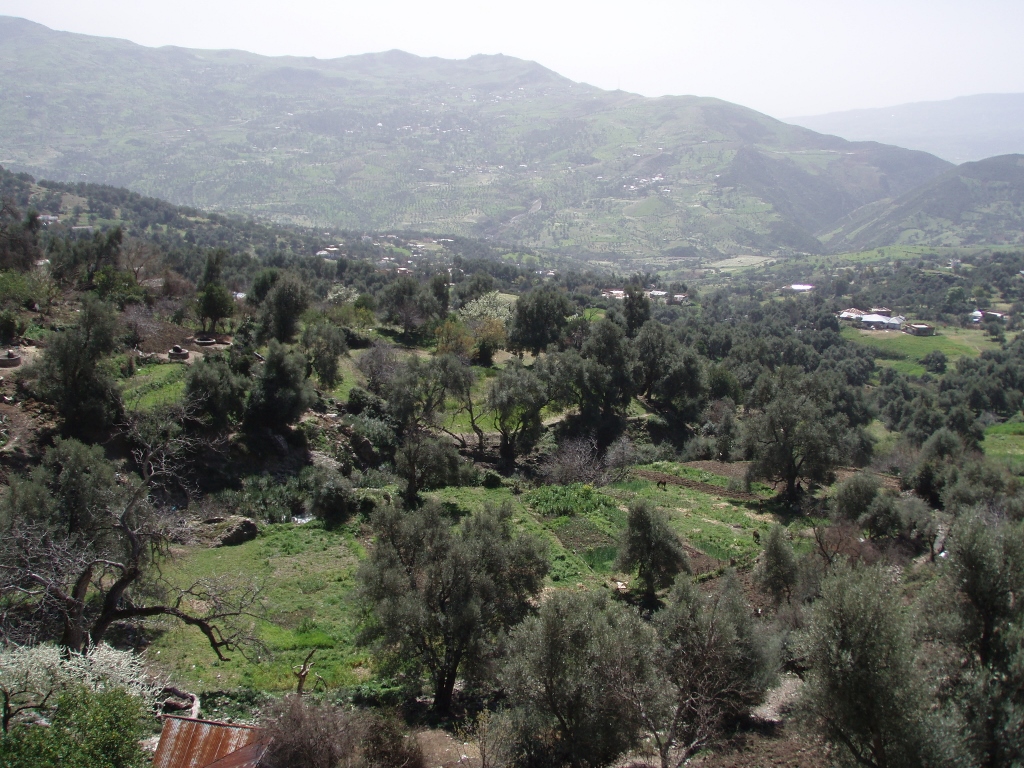 Village on the road from Tetouan to Al-Hoceima, a detail
Village on the road from Tetouan to Al-Hoceima, a detail
We made a lunch stop here, for those who wanted to eat. I quickly finished what I had in terms of food, then took a few more photos of the surroundings before returning to the coach and settling into my seat.
As I sat there idly, waiting for us to continue, I once again reflected on my impressions of Morocco and some other parts of the world I had travelled to. I had to be honest and acknowledge something positive here compared to Latin America. In Morocco, during a coach ride break, people get off and leave their backpacks and bags on the bus. I did the same. Of course, the small pouch around my waist came with me, but in South America, you wouldn’t even dream of doing something like that, since there’s clearly an issue with theft – or at least a lack of trust in others.
If I compare the two destinations specifically (while being aware that one is a country and the other a continent with multiple countries), my impression was that in both places there’s a tendency to try and squeeze money out of tourists, but that’s a different matter, more a question of commerce. In this case, it was about fundamental honesty and trust.
Although all generalisations carry some degree of error, this was still my impression and part of my reflections. On the other hand, I have to say that both in Morocco and in Latin America, in the places I visited, I had genuinely very pleasant and warm encounters with local people, and I had a great time everywhere, with no problems at all.
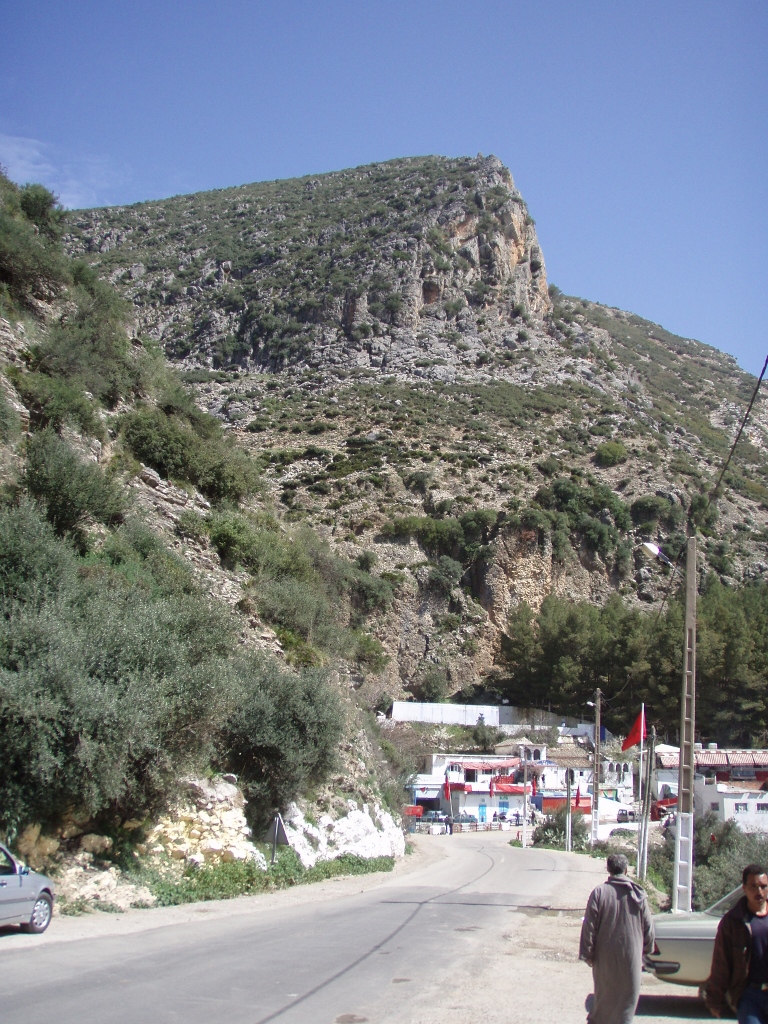 Village on the road from Tetouan to Al-Hoceima, a detail
Village on the road from Tetouan to Al-Hoceima, a detail
In any case, as the journey continued, we passed through beautiful mountain landscapes. At times the terrain was mostly rocky, while at other times there were pastures and olive groves, and at one point I even spotted snow on the mountain peaks.
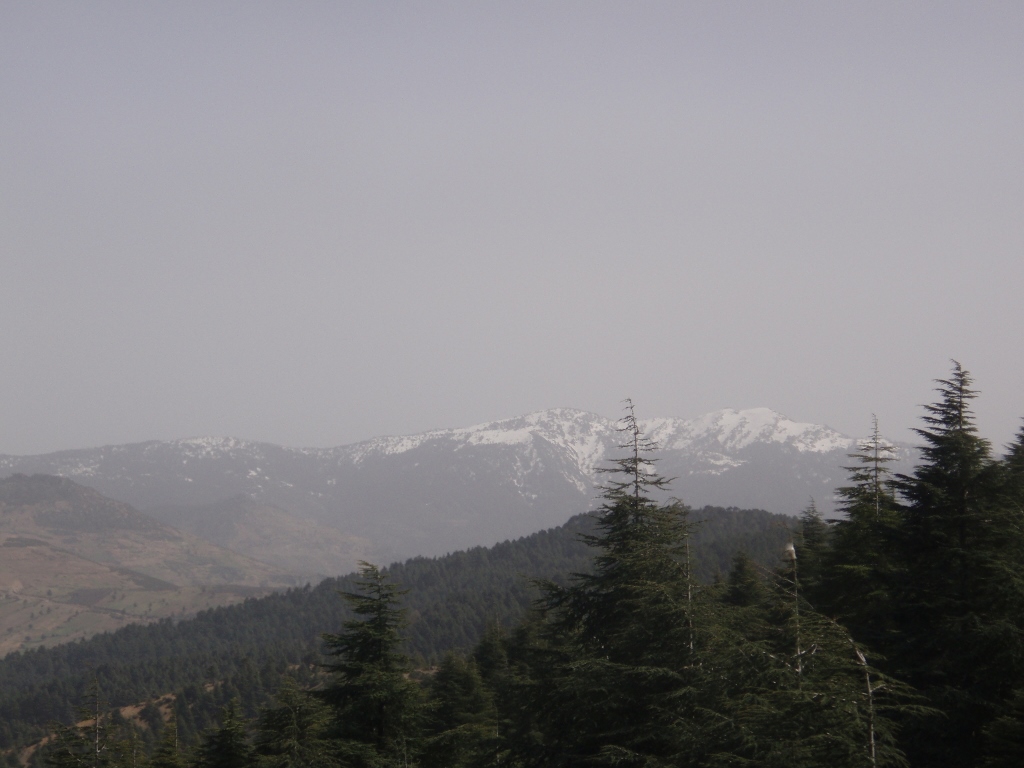 Rif Mountains
Rif Mountains
I arrived in Al-Hoceima about an hour and a half later than the foreseen time. I had come here mainly to spend the night, with the intention of continuing to my planned final destination the next day. So, I immediately bought a ticket for Nador for the following day and everyone at the station was extremely kind. That’s where my positive impressions ended.
As it turned out, my backpack had gotten so dirty on the journey from Tetouan to Al-Hoceima, it was almost as if it had been rolled in mud. Fortunately, since my hiking days, I’ve always packed my things in plastic bags, so there wasn’t too much to worry about in that regard, but the backpack was truly filthy.
When I stepped outside the station, I had to wait for a taxi for over 15 minutes. On one hand, there weren’t many taxis at first, and on the other, they drove off with the men. Only when I was completely alone I could catch a taxi.
During this trip, I hadn’t made hotel reservations in advance (I don’t even know if it was possible back then), but I used a guidebook to find accommodations that seemed appealing to me. Then I would go to the chosen hotel and get a room on the spot. That’s how the taxi driver took me to a hotel that had meanwhile changed its name and was now closed. And that’s where he left me without any further explanation.
Then I walked over to a hotel that seemed perfectly fine. It was strange, though, that the room was completely clean, but in the bathroom, the water hadn't been flushed after the last use of the toilet.
However, since there were only about 20 minutes left until sunset, I quickly left my things in the hotel room and set off to take a walk and snap a few photos since I was already there.
As I hurriedly walked out of the hotel, something happened that stayed deeply etched in my memory, even though it was objectively very brief and superficial.
Namely, in front of the hotel, there were tables of the hotel restaurant/cafe and, of course, only men were sitting there. I stepped out of the hotel doors and immediately walked past those tables. However, in the blink of an eye, my gaze connected with the gaze of one man who struck me as one of the most handsome men I had ever seen in my life. So much so, that I almost gasped. But I was in Morocco, travelling alone, and I had already trained myself for such situations, so instinctively, I immediately lowered my head and avoided eye contact. As I continued walking, just a few steps later, when I passed the actual table where he was sitting, I still kept my head down but glanced sideways in his direction, and our gazes met again, accompanied by subtle smiles. Still, I continued walking and went on my way.
Needless to say, nothing came out of it and it all lasted for less than 5 seconds, but it still remains a very beautiful and dear memory of a human “encounter.” Life brings us various things – experiences, encounters and "encounters," challenges, blessings, and problems... Some are striking, big, unforgettable, and they stand out on their own. Others are small, incidental and insignificant. Still, I enjoy paying attention to these smaller moments as well, because life is mostly made up of those tiny details.
So, I went to a nearby viewpoint from where I could see Quemado Beach.
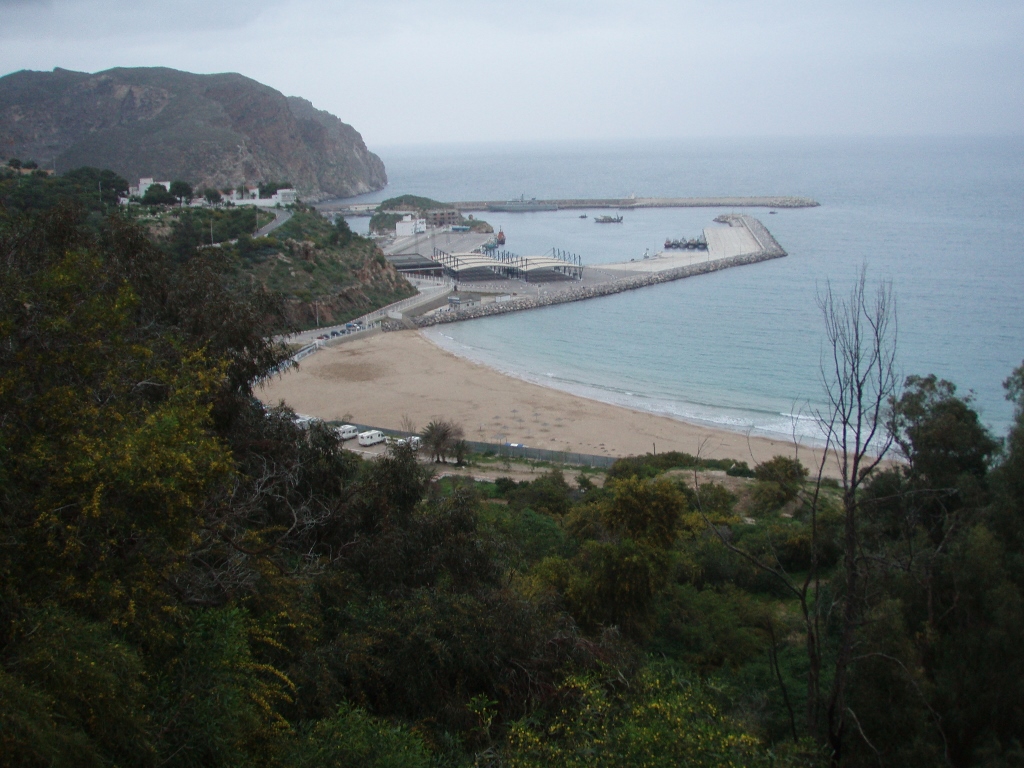 Al-Hoceima
Al-Hoceima
The town of Al-Hoceima was founded in 1920 by a Spanish officer when the Spanish declared this part of the territory as their own. I have mentioned the Spanish influence in this part of the African continent in the previous part of the travel stories, while the case of Al-Hoceima is just another example of that. Morocco gained its independence in 1955 and this is when the town started to develop slowly, although it still isn't a large place. Here, the main economic activities are fishing and tourism. Fishing is quite natural, as this is the Mediterranean coast, while tourism is developing thanks to the several sandy beaches in the area.
 Al-Hoceima
Al-Hoceima
The day was slowly coming to an end, so I filmed the surrounding streets and a mosque with my video camera. Later, I turned that footage into photographs.
 Al-Hoceima
Al-Hoceima
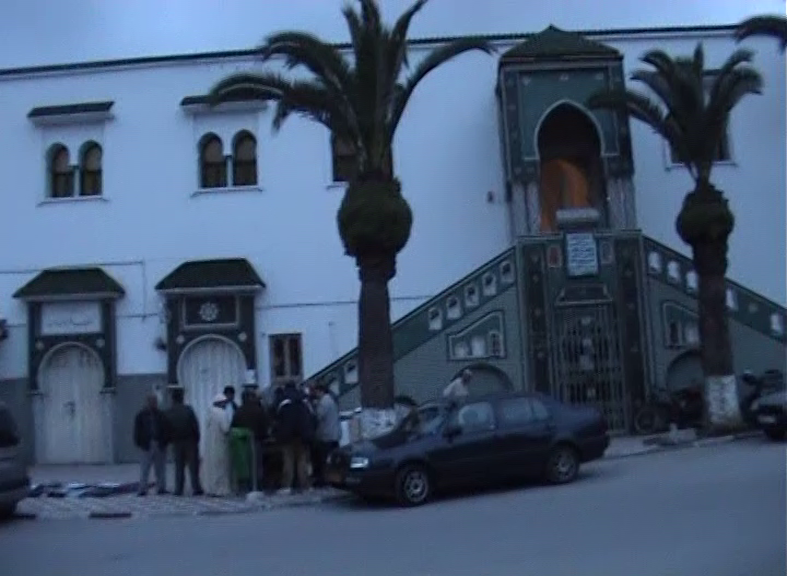 Al-Hoceima
Al-Hoceima
Then I went to a restaurant above the sea because I wanted to eat, but I couldn’t sit outside, only indoors. As far as I understood, it wasn’t even a problem that I was a woman, but rather that the outside area was probably reserved for drinks. In any case, I ordered a sandwich and although I had to wait for quite a while, it was necessary to recharge my energy.
Afterwards, I returned to the viewpoint and filmed the beach at night, and then I could retreat to my hotel room.
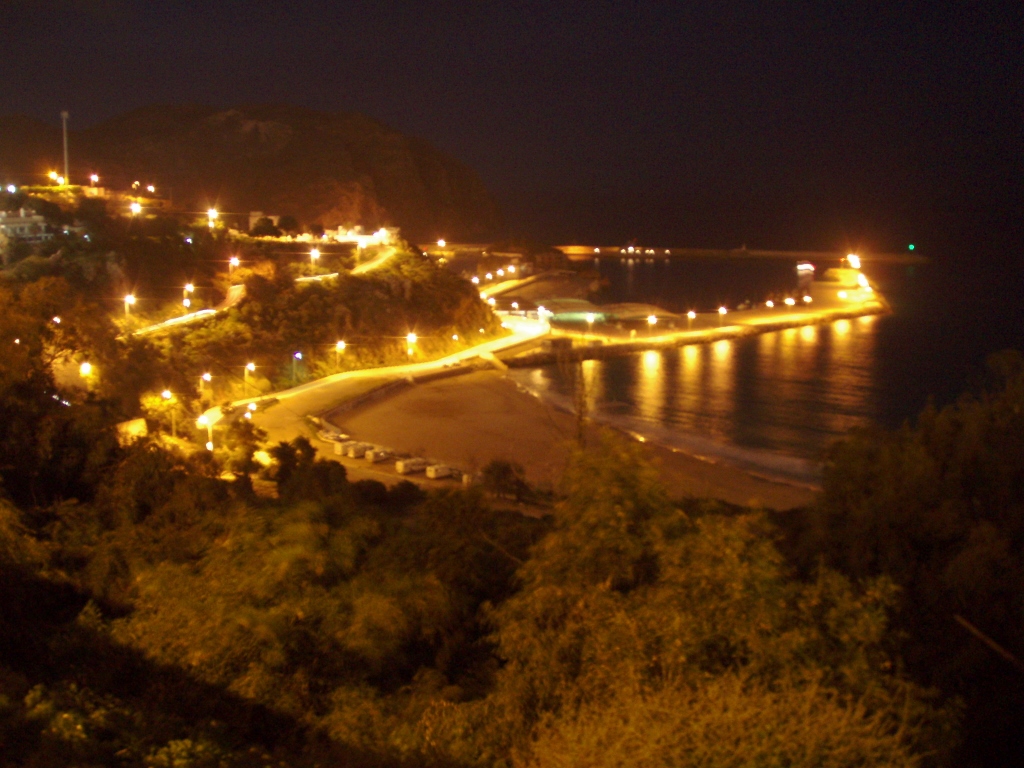 Al-Hoceima
Al-Hoceima
That evening, I fell asleep around 10, and although I generally sleep well, this night was very unusual. I woke up at some point (it was around 2:30 AM) and this happened with such a jolt, as if I was on the verge of bursting into laughter from pure joy. The joy was so overwhelming in my head that afterwards I couldn’t fall back asleep for half an hour. Of course, I eventually did fall asleep, but I must admit that this night-time “adventure” didn’t bother me. On the contrary, it was actually very pleasant, and I had the feeling that the secret was in the bed, in the pillow...
Anyway, I woke up very early in the morning, so I went to a nearby café-bakery for breakfast. On the way, I also stopped by that same viewpoint and took a little walk around the area.
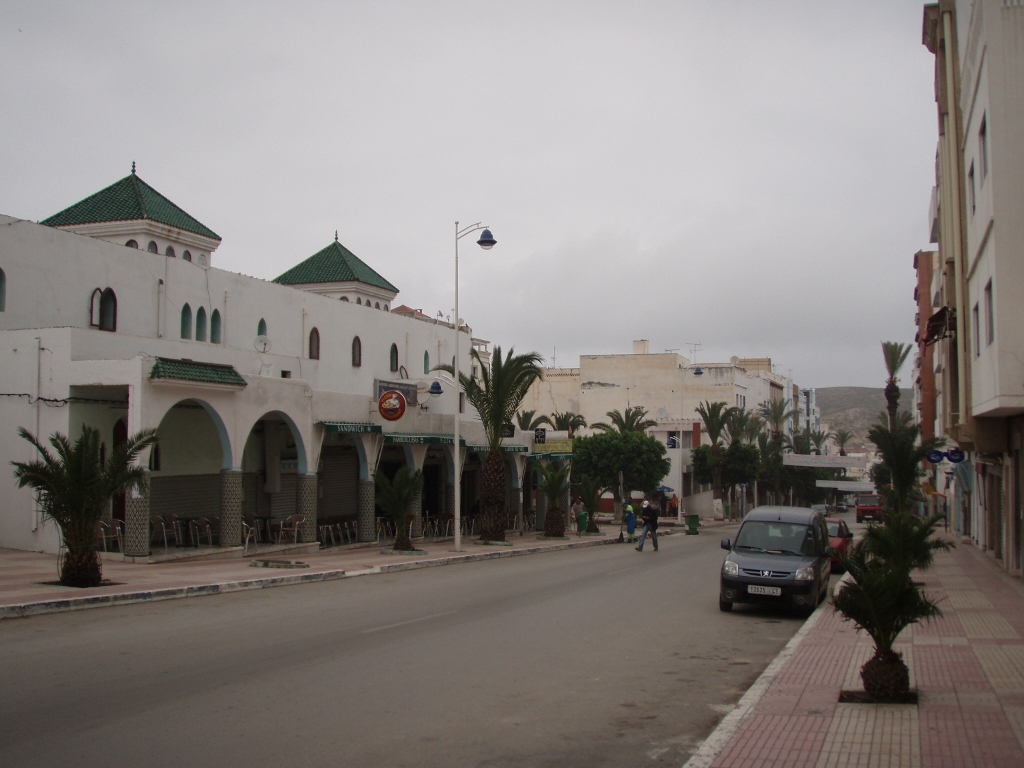 Al-Hoceima
Al-Hoceima
Then I returned to the hotel for my things and took a taxi to the coach station. The receptionist was again exceptionally kind, as were the people at the station.
Here is also the map that shows all the places I visited during this travel around Morocco (and Spain !) in 2010.
I have already mentioned that I had bought a ticket to Nador, so when I arrived at the terminal, they checked my ticket, put me on a clean coach (including the luggage compartment) and I was given a seat right at the front with a beautiful view.
Nador, a Moroccan city on the Mediterranean coast, is about 130 km from Al-Hoceima, which meant I would be travelling for 2-3 hours. After the previous day’s 8.5-hour trip, this was completely negligible.
The driver had created a little shrine around his seat with plastic flowers, the Moroccan flag, pictures of the royal family, and even a fire extinguisher. It was all interesting, but I didn’t take any photos.
The day was unpleasantly cloudy, but at least it was dry, while the landscapes were occasionally very unusual.
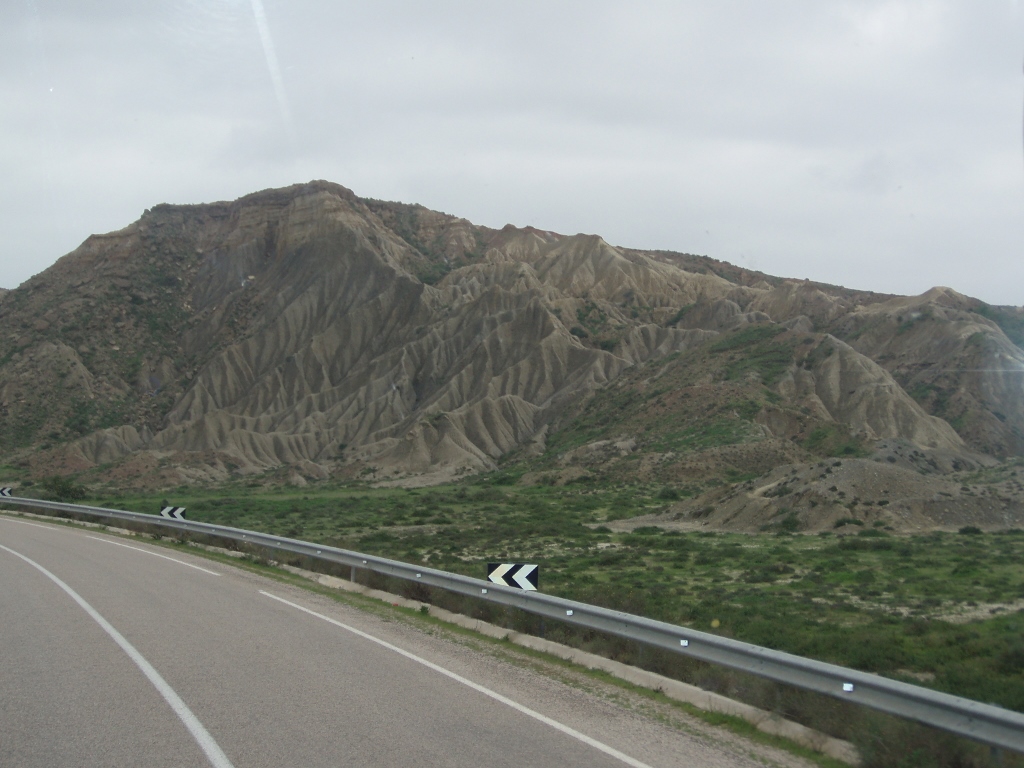 On the way from Al-Hoceima to Nador
On the way from Al-Hoceima to Nador
I was somewhat particularly excited. Not because I was going to Nador, but because from Nador I was heading straight to Melilla.
I’ve already mentioned Melilla and Ceuta at the very beginning of these stories about my 2010 trip to Morocco. Now, I’ll say a little more about them.
These are two small territories on the very northern tip of the African continent that are, in every sense, part of Spain, just as if they were located in the middle of Madrid. These are enclaves and this is all, of course, a remnant of the Spanish presence in this part of the world. But, what I find particularly interesting, at least for me, is that on the African continent, there is a small piece of the European Union and, therefore, the official currency is the euro. This, of course, is not a unique case. I’ve had similar experiences elsewhere. For example, when I was on the island of Martinique in the Caribbean (which is part of the American continent), that is, a territory of France (see a series of texts beginning with: https://svudapodji.com/en/new-york-martinique-5/).
I had heard of Melilla about 15 years before this trip and it was already then that I came up with the idea of visiting here. Not for any significant reason, but more for the sake of curiosity.
The other Spanish autonomous territory in northern Africa is the city of Ceuta, which is only about 40 km north of Tetouan and I could have gone there as well, but I didn’t have time for both cities. Melilla had already "won my heart" earlier, plus before the trip I also learned that I had an acquaintance in Melilla, so all of this influenced my final choice of the destination.
So, although I arrived in Nador with a slight delay (this was important because I had arranged for someone to wait for me on the Spanish side of the border, while at that time, there were no mobile phones like today or apps for internet communication), everything went very smoothly and I crossed from Morocco to Spain even 10 minutes before the scheduled time.
I waited for a bit and then Manolo, the driver for Zenon-Luis, arrived.
Everything will become much clearer in the next sequel of my travel stories.